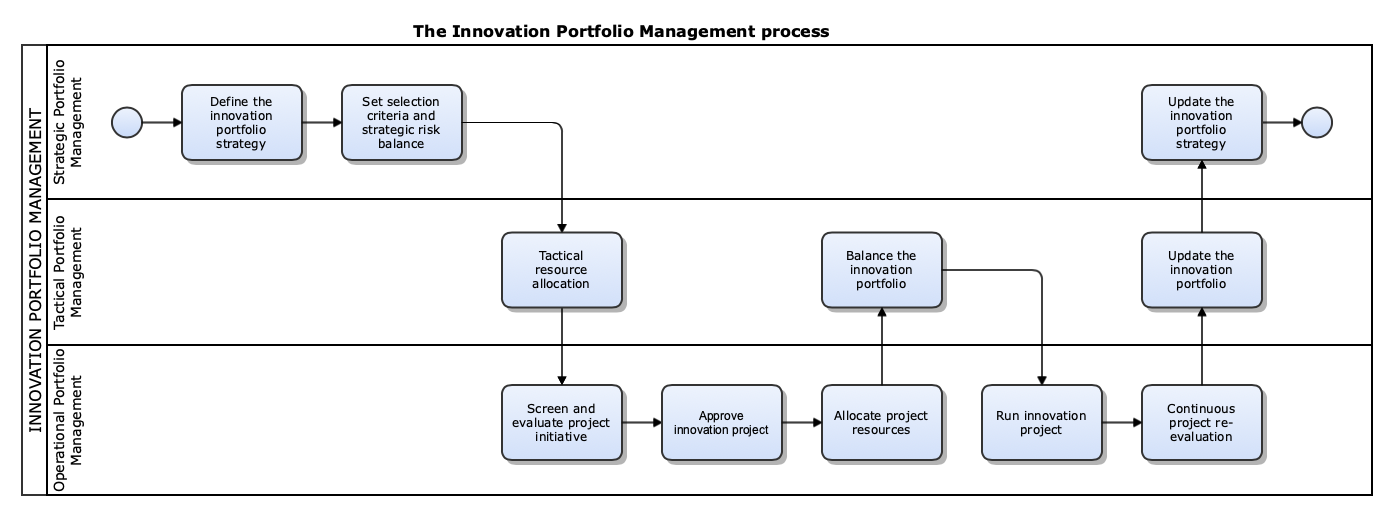
To avoid confusion, we must clarify how economists’ use of the word money differs from conventional usage. Economists define money (also referred to as the money supply) as anything that is generally accepted as payment for goods or services or in the repayment of debts. Currency, consisting of paper bills and coins, clearly fits this definition and is one… Since there are less number of firms, any action taken by one firm has a considerable effect on the other.
According to Baumol, “under the circumstances a very wide variety of behavior patterns becomes possible. Under Oligopoly market, every firm advertises their products on a frequent basis, with the intention to reach more and more customers and increase their customer base. This is due to the advertising that makes the competition intense. An oligopoly must have at least three companies competing in the same market. An oligopoly contains companies that are independent of one another.
What is Oligopoly?
Unlike a monopoly, where a single corporation dominates a certain market, an oligopoly consists of a select few companies that combined exert significant influence over a market or sector. The main reason for few firms under oligopoly is the barriers, which prevent entry of new firms into the industry. Patents, requirement of large capital, control over crucial raw materials, etc, are some of the reasons, which prevent new firms from entering into industry. Only those firms enter into the industry which is able to cross these barriers. Implies that under oligopoly, organizations are not only indulged in maximizing profit, but also compete with each other for non-profit motive.
Duopsony Definition – Economics – Investopedia
Duopsony Definition – Economics.
Posted: Sun, 26 Mar 2017 05:08:37 GMT [source]
A few years ago, Pepsi launched itself in one litre and 1.5 litre non-returnable PET bottles at a discount in comparison to a 300 ml returnable glass bottle, the traditional packaging in this product category. This resulted in a significant increase in the depth of consumption; amongst the loyal consumers in the larger towns. The first took place some years ago when the brand Coca-Cola came back to India. Coca-Cola launched itself in all major cities in the 300 ml size at the same price as Pepsi, which was then in a 200 ml bottle.
What are the different types of markets?
The aviation industry has only few airlines, such as Kingfisher, Air India, Spice Jet, and Indigo. An oligopoly is a middle ground between a monopoly and open competition. An oligopoly occurs when a small group of businesses, at least two, control the market for a certain product or service. This gives these businesses a huge influence over price and other aspects of the market. While other businesses could seek to enter an oligopoly, it is difficult to compete as a startup in an industry dominated by only a few market leaders. The primary characteristic of an oligopoly is that it has to have several firms that rule the market.
- Due to this reason, firms make sure to keep their prices low as much as possible.
- Any move taken by the firm will have a considerable impact on its rivals.
- Small oligopolies (such as Coke, Pepsi) make plenty of money and avoid the constant attention of the regulators.
- Due to anti-trust laws, monopolies in the United States have been all but eliminated.
- Which makes the firms to keep in check with other firms activities and behaviour.
Oligopoly market structure involves only a few competitors in the market and referred to as imperfect competition. The firms under oligopoly may produce homogeneous or differentiated product. If firms in an oligopoly market compete with each other, it is called a non-collusive or non-cooperative oligopoly. If the firms cooperate with each other in determining price or output or both, it is called collusive oligopoly or cooperative oligopoly. I had taken two introductory economics courses prior taking the ECON 310 course this semester, and I had learned a lot about the different markets including monopoly, oligopoly and monopolistic competitive markets.
Thus, in order to be in the race, each firm spends lots of money on advertisement activities. An oligopoly is a market where the are at least three companies present, but the number of companies in the market is small enough that each company’s decisions dramatically affect the others. This means that in an oligopoly, it is not necessary for all firms to be the same size. Price rigidity is a situation in which the price of the product tends to stay the same or fixed irrespective of the changes in supply and demand of those products. The aluminium industry has undoubtedly the highest Technical and economic concentration.
Oligopoly Market: Types and Features
So, the oligopolist normally sticks to one price because they do not want to enter into price competition. If an oligopolist reduces his price, his rivals will also do so and therefore, it is not advantageous for the oligopolist to reduce the price. There are only few sellers of a product under oligopoly due to which actions taken by any individual seller have a significant impact on other sellers. The most important feature of oligopolistic market is interdependence in decision making.
A heterogeneous oligopoly is also known as a differentiated oligopoly. In a heterogeneous oligopoly, the firms produce nearly similar products as in a homogeneous oligopoly, but the products differ according to specific parameters. For example, the cosmetics industry produces similar products but they market these products in a way that displays its superiority over its competition. In this manner, companies try to gain a better standing in the market by introducing different features of their products. In an oligopoly market, price competition and product competition is equally important.

The industry is not dominated or controlled by just a few large organizations. A monopoly is exclusive control of the market by one business because there is no other group selling the product or offering the service. An oligopoly is different from a monopoly because there is more than one supplier. While competition is limited in an oligopoly, there is still some competition.
The Formation of Oligopolies
In this form of market, products are homogeneous or differentiated and the number of sellers in the market are between two and ten. When companies within the same industry work together to increase their mutual profits instead of competing doggedly with one another, it is known as an oligopoly situation. Oligopolies are observed throughout the world and even appear to be increasing in certain industries.
- Pepsi and Coke each spend billions on TV ads designed to entice the consumer to switch cola brands.
- Group Behaviour means that firms tend to behave as if they were a single firm even though individually they retain their independence.
- There are several types of oligopolies that can exist depending on the specific conditions within the market.
- While competition is limited in an oligopoly, there is still some competition.
- Make a list of at least five ways that firms in a competitive oligopoly can use non-price methods.
- The most important feature of oligopolistic market is interdependence in decision making.
Workers’ compensation attorney in Charlotte NC provides treatment toward the worker and pays back all the wages used. If denial occurs, the workers are entitled to appeal uncertainty they feel the decision is wrong. It offers protection towards the proprietor in such a way that the worker won’t sue him.
Hence, the interdependence among sellers decreases in the case of a differentiated oligopoly market. For instance, cement, steel, aluminium and chemicals producing industries are some of the best examples of pure oligopoly market structure. Due to severe competition ‘and interdependence of the firms, various sales promotion techniques are used to promote sales of the product. Advertisement is in full swing under oligopoly, and many a times advertisement can become a matter of life-and-death. Another important feature of oligopoly with product differentiation is price rigidity. The price will be kept unchanged because any change in price by one oligopolist invites retaliation and counter- action from others.
You can refer to the lesson, but try to recall as many non-price methods from memory as you can. An oligopoly market is the larger term for a market with just a select group of companies in it. Each oligopoly came about for different reasons, but once an oligopoly comes into existence, it usually falls into a certain type of oligopoly. In a competitive situation such as the one that exists in the cola market, the important thing is not the price; it is the value that the consumer gets. And that always increases in proportion to the ferocity of the battle in the marketplace. In an oligopoly, it is foolish to cut price unless one of the two parties have a much lower cost base.
Both brands, Coke and Pepsi, invest heavily in advertising and in distribution through their franchise and their own systems. While they can’t dictate price and availability like a monopoly can, they often turn into friendly competitors, since it is in all the members’ interest to maintain a stable market and profitable prices. Since the number of firms is less in an oligopoly, compared to perfect competition, the competition is intense. Let us take the media sector in the US, where 5-6 players are capturing almost 90% of this sector.

If a firm tries to reduce the price, the rivals will also react by reducing their prices. However, if it tries to raise the price, other firms might not do so. It will lead to loss of customers for the firm, which intended to raise the price. So, firms prefer non- price competition instead of price competition. There exists severe competition among different firms and each firm try to manipulate both prices and volume of production to outsmart each other.
Group behaviour here means that the firms in this market behave like they are one single firm even though they retain their interdependence on an individual basis. Apart from three, there are hardly any players in this sector as they command almost 100 % of the global market share. Regardless of the brand of computer, the operating oligopoly examples in india system will always be sure from any of those described above three. Firms that control the market are big corporation firms and they are very settled in their business. As discussed before price in an oligopoly is fixed with the mutual understanding between the firms and neither of the firms indulge in reducing prices.
If it looks and acts like an oligopoly … the power of Facebook and … – The Interpreter
If it looks and acts like an oligopoly … the power of Facebook and ….
Posted: Mon, 16 Nov 2015 08:00:00 GMT [source]
In addition, a new “hub and spoke” model has been put in place to drive the rural expansion plan. Coca-Cola has made its beverages available in 40,000 additional villages in the last three years. As a result, the rural areas now contribute 35 per cent of the company’s sales compared with 25 per cent in 2000.